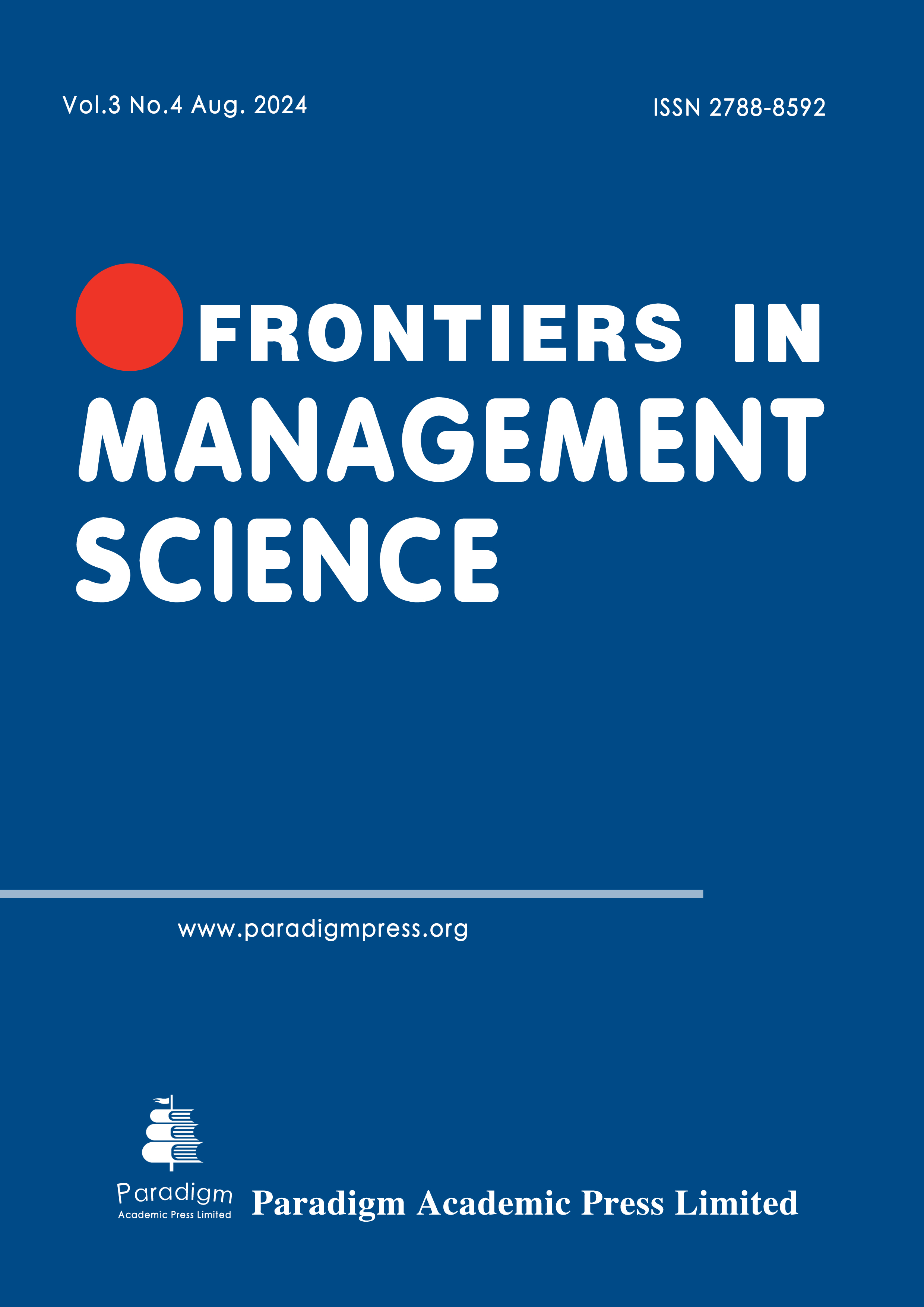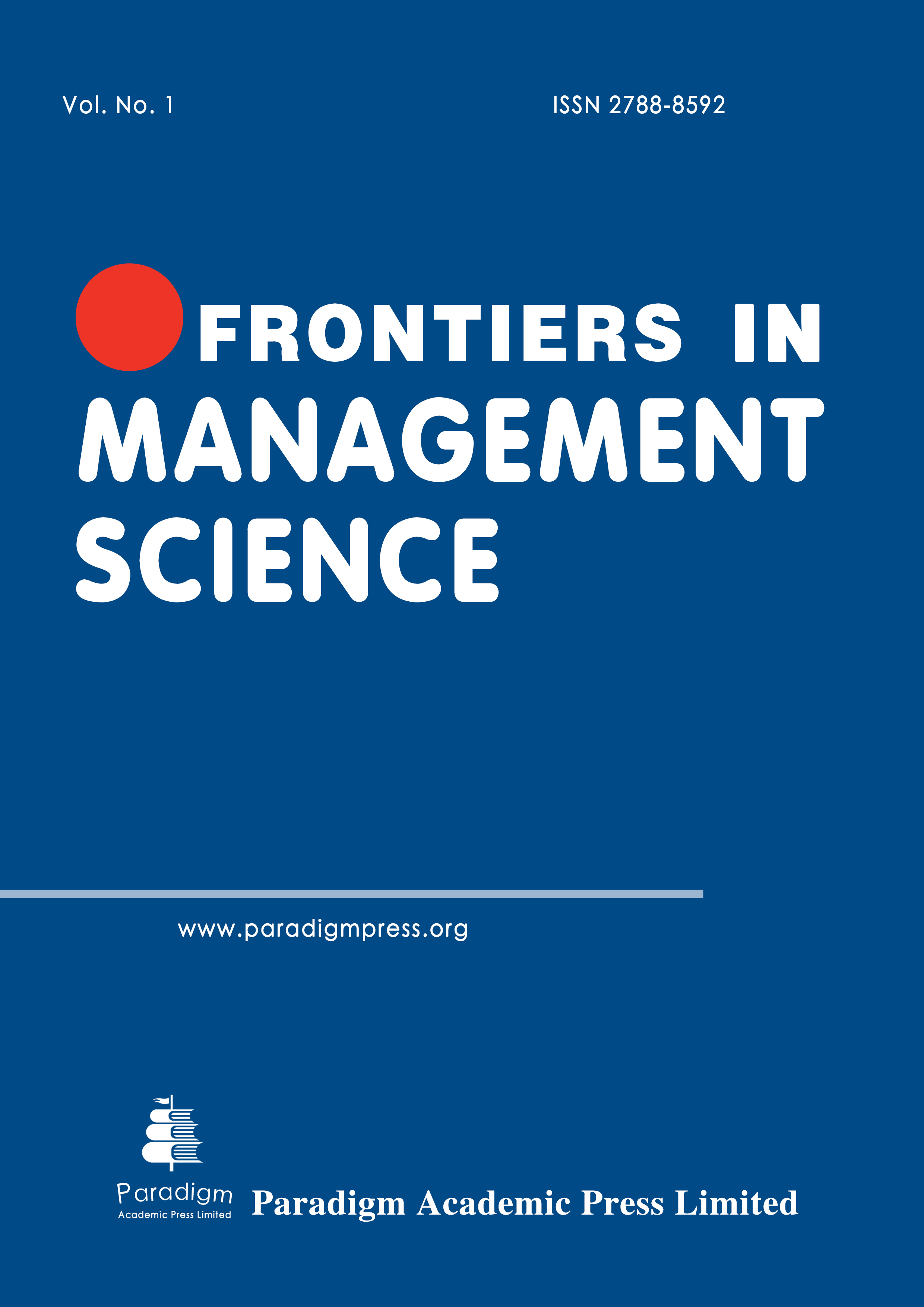Application of Multi-Objective Optimization in Controlling Carbon Footprint and Costs in Manufacturing
Keywords:
Multi-Objective Optimization (MOO), carbon footprintAbstract
In today’s industrial landscape, the pursuit of sustainability has become imperative for manufacturers worldwide. This paper explores the application of multi-objective optimization (MOO) in balancing the dual challenges of reducing carbon footprints and controlling costs in manufacturing. Multi-objective optimization involves optimizing two or more conflicting objectives simultaneously, generating Pareto-optimal solutions that represent the best possible trade-offs. The paper delves into the formulation of objectives and constraints, the selection of advanced algorithms such as Genetic Algorithms (GA), Particle Swarm Optimization (PSO), and Non-dominated Sorting Genetic Algorithm II (NSGA-II), and the analysis of Pareto-optimal solutions. Detailed case studies across various industries, including automotive, chemical manufacturing, electronics, pharmaceuticals, and food and beverage, demonstrate the practical benefits of MOO. These case studies highlight significant advancements in both environmental and economic performance through the optimization of supply chains, production processes, energy management, and sustainable packaging. The integration of Industry 4.0 technologies further enhances the capabilities of MOO, enabling real-time data collection and dynamic optimization. The proactive adoption of MOO can drive significant advancements in environmental and economic performance, fostering a more sustainable and competitive manufacturing industry.



